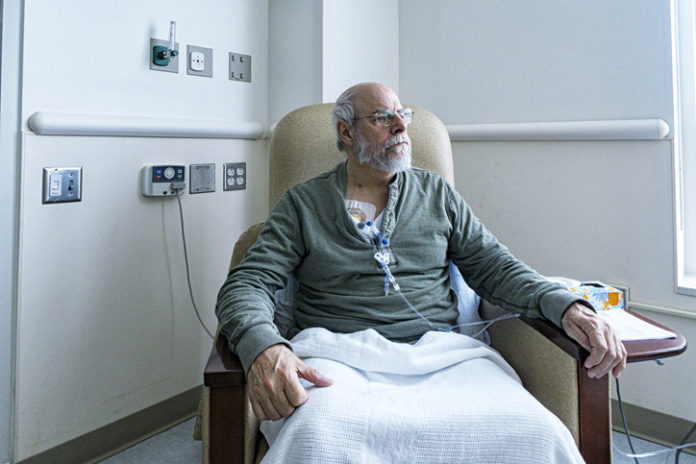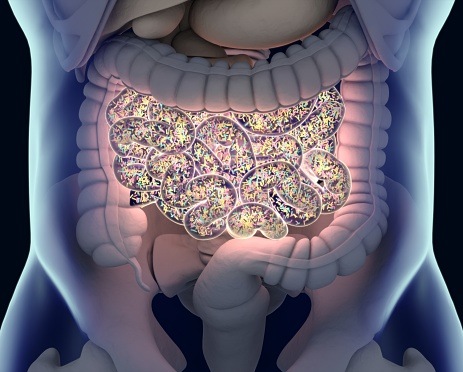In a recent trial published in the Journal of Crohn’s & Colitis, investigators sought to uncover any relationship between serum ustekinumab concentration and tissue exposure or drug efficacy in patients with ulcerative colitis (UC). In the cohort of refractory patients initiating UC treatment, over one-third of patients achieved histologic remission.
Furthermore, “a drug exposure-response relationship was observed for histo-endoscopic outcomes, with no added value of measuring tissue exposure given the strong correlation with serum exposure,” investigators reported.
The prospective trial included 42 patients with UC who started ustekinumab and subsequently received clinical, histological, and endoscopic examinations after 16 weeks. Researchers collected paired trough serum samples and colonic mucosal biopsies for analysis. Histologic remission was defined as a Nancy histology index score of 0, and histo-endoscopic mucosal improvement was defined as “a combination of histologic improvement (Geboes ≤3.1) and endoscopic improvement (MES ≤1).”
After assessments at Week 16 (interquartile range: 15.8–16.4), 19 (45%) patients achieved histologic remission and 18 (43%) achieved histo-endoscopic mucosal improvement. Notably, the researchers observed that patients who achieved these outcomes had greater serum ustekinumab levels than those who didn’t. Ustekinumab concentrations had a strong positive correlation between the serum and biopsy samples, both in inflamed and uninflamed tissue (r = 0.88; p <.001).
Ultimately, the authors supported the efficacy of ustekinumab for UC treatment in refractory patients and observed a correlation between serum exposure and treatment response that was strong enough to remove the need for tissue concentration analysis.









